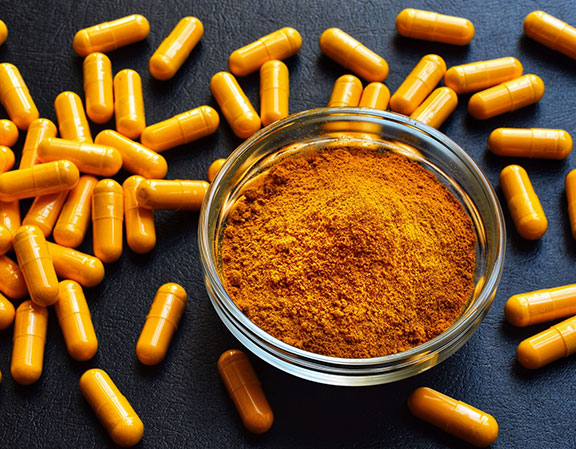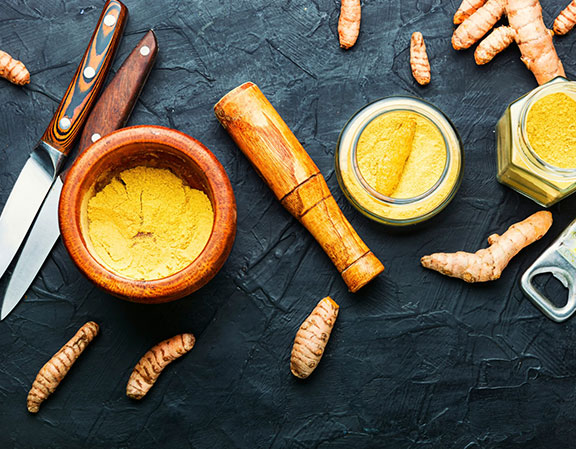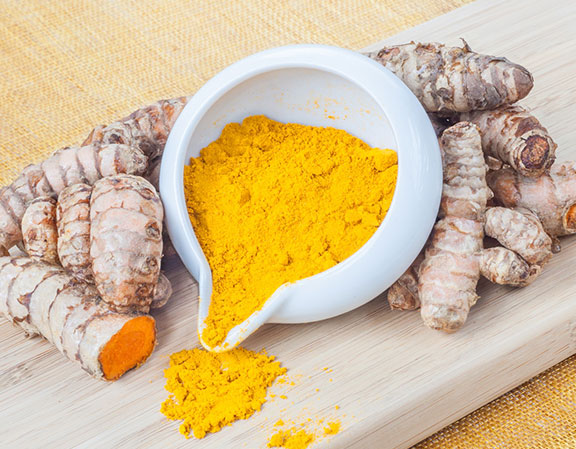How turmeric is used?

Medicinal
The use of turmeric for healing wounds was mentioned in the Ebers Papyrus from Egypt. It’s the earliest record of turmeric plants’ medicinal use. In old Hindu texts, this spice was mostly used for treating ailments, such as rheumatoid arthritis, sore muscles, inflammatory bowel disease, and more.
The use of turmeric in Ayurvedic medicine was mostly for treating digestive and respiratory systems. On the other hand, the use of turmeric in Chinese medicine was mostly for treating abdominal and gastric pain, menstrual irregularities, swellings, and trauma.
CULINARY
DYE
Turmeric gets its golden-yellow color due to curcumin. Along with curcumin, it contains some volatile oils which makes it easy to be used as a dye. During 1603-1867, turmeric was helpful in diluting expensive safflower. At present, it is used to dye clothes, like robes of priests and monks, and even saris. In some African countries, turmeric is used to dye mats.


TRADITIONAL
In South and Southeast Asia, turmeric is used as classical Indian medicine. In Eastern India, this plant is considered as one component of nabapatrika along with other components, such as taro leaves, wood apple, barley, banana plant, pomegranate, manaka, Saraca indica, and rice paddy.
In India, turmeric paste is used during the Haldi ceremony, an important ritual. On the other hand, dried turmeric tubes are attached to a string and used as a necklace for Tamil Telugu marriage rituals. Similarly, along the western coast of India, turmeric tubers are tied to the wrists during Kankana Bandhana ceremony.
